Peering over the side of MV Predator, the water beckons a deep inviting azure blue, every ripple on every wave reflecting the rays of the sun in tiny bursts of light that appear to be synchronized by nature. The visibility is marvelous, the kind that causes you to involuntarily smile ear to ear like a giddy fool. Focusing intently, I concentrate on reaching my gaze all the way down, down, down. The topside sounds fall away, time stands still and now they appear: one, two, three, four, five, six, seven… the dark grey silhouettes move silently in the depths, and the sight of them is simply mesmerizing. I barely notice how deep my breaths have become, or how far I have leaned over portside, the likelihood of a surface face-plant becoming increasingly imminent. I reluctantly pull myself back, ground myself again in reality and realize that almost everyone is ready to dive, everyone except me that is.
Shark Reef Marine Reserve, Fiji. Photo by Daniel Norwood.
We are moored off the southern coast of Viti Levu, Fiji on the Shark Reef Marine Reserve (SRMR). Shark Reef is Fiji's First National Marine Park and while all the visiting and resident shark species are incredible to dive with, the Reserve is renowned for having the largest aggregation of bull sharks (Carcharhinus leucas) anywhere in the world. The Shark Reef Marine Reserve is the site where we conduct our shark dives. When I say ‘we’, I mean Beqa Adventure Divers (pronounced Beng-a) or BAD for short, and while conscious of the auto-repeat, I never get tired of proclaiming that we are a conservation group masquerading as a dive shop. The crew I speak of are the BAD family, and they make their way into the water one by one as I hastily kit up. Pre-pandemic would find us with two boats packed bow to stern with tourists poised to check off their respective bucket lists by coming face to face with up to eight species of sharks. But when Fiji’s borders closed due to the pandemic, going out once a week to monitor the Reserve and keep our scientific database current was the best we could do without any clients or income. As stewards for Shark Reef, we are the only dive operator allowed to moor here and dive, and although we used to run regular patrols to guard against poaching, it is an impossibility under the present circumstances.
The BAD crew with a post-shark dive natural high! Photo by Natasha Marosi
Before we dive deeper, let me introduce myself! My name is Natasha, but you can call me ‘Tashi’. I’m originally from New York City, and I used to be an attorney but I chose to chase my crazy dreams of working in shark conservation leaving everything and everyone I knew and loved to relocate to Fiji. My life is vastly different these days: instead of being in a courtroom, I spend my time underwater among an entire society of bull sharks that visit the Shark Reef Marine Reserve. I used to love analyzing human criminal behavior but now analyzing shark behavior has become my entire world. After hundreds of dives on Shark Reef, every day brings another adventure. It is impossible to predict who will make a cameo or what might just happen. I often use the term ‘cast of characters’ when speaking of the sharks and there is no more fitting description than this.
Taking a deep breath and a measured exhale, I deflate my BCD (buoyancy compensator device), descending into the underwater world. The effect of crossing into the realm below from the one above is immediate, like a cathartic shedding of ones’ skin. We rid ourselves of the world above to find ourselves in the world below. With every meter I descend, my soul is lighter, a holistic purification compliments of Mother Nature herself. Around 10m I pass several Grey Reef Sharks who eye me with a keen interest, but keep a respectful distance. As the sunbeams reflect on their bodies, they appear angelic and innocent, imagery which belies their devious nature. Another few meters and the dark shapes slowly come into focus. I estimate between 30 and 40 bull sharks in the water column, and the anticipation of interception is palpable. Arriving at my final destination I land at 30m on a wall overlooking an observation area we call ‘The Arena’. I settle in and set up my camera rig to shoot, simultaneously commencing with a visual scan of today’s visitors, on the lookout for familiar shark faces.
Tropical greetings from Sheisty the male bull shark. Photo by Natasha Marosi.
From my left periphery, a medium size male bull is making a rapid approach, but there is no cause for alarm. This body and swim style I know like the back of my hand. I crack a smile and my mask allows a trickle of water inside. Sheisty. In his wake almost flush to the substrate, a similar sized male bull swims with marked preoccupation. My smile widens now allowing more of the ocean to seep in. Hustler. I turn to Sheisty who is almost upon me, and make full eye contact. He meets my gaze, holds it and turns away. Then, as if he has rethought his strategy, Sheisty quickly pivots, circling back making a head-on approach. I rise up from my squat stance to stand tall, and he veers off at the very last moment but not without administering a solid stare. Typical Sheisty greeting. It is a full minute or two before Hustler decides to make his approach, and when he does it is from the rear and in my blind spot. He swims up the reef from the far left, executes an exaggerated loop and passes on my left side. He is close enough to touch, and the first thing I see out of the corner of my eye is the tip of his snout. We are eye to eye for a fleeting moment before I am wistfully watching his caudal fin as he returns to the Arena. Nothing like the customary greetings you would receive from your canine or feline companions, but this is shark talk and these behaviors serve to trigger the same warm, fuzzy feelings in me every time.
Hustler and his bull shark comrades in the Arena. Photo by Mike Neumann.
Sheisty and Hustler may be blood brothers, but beyond shared genetics: the right-facing buckling on the apex of their first dorsal fins, twin torpedo shaped bodies, and sleekly angled snouts, they couldn’t be more different than night and day. Sheisty and Hustler are the same age, from the same litter and may or may not have the same father. Bull sharks have a very liberal attitude towards mating and both the females and males will take multiple partners, a practice called polygamy. Sheisty and Hustler were the first two sharks I ever named, back in February of 2018. Contrary to our customary protocol for shark naming, I christened them according to their personalities. I have only bucked the system a handful of times. Usually I am a stickler for procedure, naming sharks according to their identifying feature: Mogul (mogul-like bump on caudal fin), Paris (gill slits deformed in the shape of the Eiffel tower), Short Stack (missing upper half of first dorsal fin), Spots (spots on head), Sunshine (mouth disfigured in the shape of lopsided smile), Riddler (question-mark cut-out on pectoral fin), Tootsie Roll (second dorsal fin rolled to the right) are just a few examples.
I consider Sheisty and Hustler to be my kids, my sons. If you did a double-take after that pronouncement I am not surprised. But for me, these sharks are my family, and these two in particular I share an affinity akin to that of a doting parent. I am proud of them when they achieve accomplishments, I worry about them when they are absent for extended periods of time, I reprimand them when they misbehave (Sheisty), and root for them in competition (both) or when they attempt to overcome a challenge (Hustler). They are completely oblivious to the depth and breadth of my love for them, but the undeniable fact is that we do share a bond. It is impossible to describe the nature of a relationship such as this. It is forged over time, through repeated encounters, trial and error in communications, patience, tolerance and a whole lot of experimentation. I readily admit that I have often fantasized about planting a big fat kiss on their snouts, stroking the length of their bodies or even affixing myself to them like a remora and letting them take me where they please. I allow myself these indulgent ideations, then let them go with a sigh and a smile. At the end of the day, I am content to share the same space with them, to be accepted and to have the encounters they initiate on their own terms and believe me with bull sharks, encounters can only happen on their terms.
Hustler the male bull shark preoccupied as usual. Photo by Mike Neumann
I believe it would be prudent of me to take a moment and make one thing very clear. These are apex predators I am speaking about. Most shark species are not apex predators, but bull sharks absolutely are. To quote the dearly departed shark guru and founder of Bimini Shark Lab Samuel ‘Doc’ Gruber, “bull sharks are apex-apex predators” because they prey on other sharks as well. I may love these bulls like I love my dogs, and while they may behave like our canine companions to a certain degree, they are still very large predatory wild sharks. I didn’t just one day wake up, waltz into their world in my wetsuit, sing ‘Kumbaya’ and be welcomed into the elasmobranch fold. I had to follow a very strict safety protocol, and every dive there was a lesson to be learned from the interactions which took place. I also was subjected to what you would consider ‘hazing’ throughout my first year where periodically the top ranking bulls took turns testing me and evaluating my right to be there amongst them.
There are some dive days on which I take a shark stick, other days when I wear chainmail gloves under my wetsuit and leave the stick, some days when I employ both types of protection, and other days when I have no protection at all. On occasion I may need to use a shark stick, but mostly there is no need. I prefer to communicate with the sharks using eye contact, body posture and vocalization when I can. I will often leave the observation wall to enter in the Arena and hang with the bulls for the duration of the dive but there are days when I stay on the wall because being in the Arena is not worth the risk. We could have nearly no visibility yet I am still over the wall and comfortably filming. On the other hand, we could have 30m viz but you couldn’t pay me to enter the Arena because the energy of the bulls is completely off. It takes total immersion to read behavior, recognize and calculate risks, and tailor your actions appropriately. It takes expertise and that is something that develops over time, and mind you, I am still learning something new every shark dive.
Bull sharks gliding in the current. Photo by Mike Neumann.
The lessons I have learned from my shark teachers are innumerable, and two specific insights I would love to share with you. The first is that each individual shark is a character in their own right. If you have or ever had a pet you could probably fill a book with stories about them: their quirks, habits, preferences, and the character features which make them uniquely special, endearing or perhaps even insufferable. You could also predict how they will act in a specific situation, and intuition tells you when they are ‘off’ like when biological or external circumstances influence their behavior. Between Sheisty and Hustler, Sheisty is the bolder of the two, more self-assured, more aggressive, a risk taker that will readily engage one on one with our dive staff using varying degrees of physicality. Hustler on the other hand, is preoccupied with hustling more than any other activity. He is less self-assured, shy in a manner of speaking and will spend more time calculating before taking decisive action. You will never find Hustler engaging one on one with the staff divers.
The second lesson is while they may be sharks, and we may be humans, we are actually not so different in the grand scheme of things. Getting to know these sharks inspired me to create an initiative called ‘My Fiji Shark’ to assist in funding shark conservation here in Fiji. Beqa Adventure Divers has a unique scientific database spanning almost two decades, containing our local sharks’ life histories. By offering named individual sharks for adoption we could provide a window into the lives of these sharks for their adoptive parents to peer into. This adoption program could not only potentially change peoples’ perceptions about sharks, but teach them how they have unique personalities.
Bull Sharknado. Photo by Mike Neumann.
Personality has become one of the most important concepts in behavioral ecology in recent years. The presence or absence of certain personality traits can have significant fitness consequences as it affects activities such as resource acquisition, survival and reproduction. Social behavior and the structure of animal societies have fundamental consequences for ecology and evolution. How an animal interacts with members of its own species, moves around in its environment and makes and refines adaptations to its behavior is directly linked to its survival and the survival of the species. Observing these sharks interacting with each other and with us on a daily basis, led me to start asking many questions about their behavior. From my anecdotal observations the bull sharks appeared to have their own code of conduct, hierarchical form of group structure, social preferences, distinct personalities, and individual learning capabilities. I was sharing my observations through My Fiji Shark, but to investigate, explore and actually prove the existence of these behaviors, required a scientific approach and study design. And so began my organic progression to the pursuit of a research PhD with the University of Exeter.
Topside daily grind. Photo by Natasha Marosi.
My hope is that my PhD research will assist in the implementation of conservation measures to protect Fiji’s shark populations. Here in Fiji, the Covid-19 pandemic has resulted in a severe economic downturn, especially in the tourism sector where people have lost their jobs. The consequences in real time are significant: from increased fishing pressures (legal and illegal) impacting fragile marine ecosystems, to unprecedented rollbacks of conservation regulations as the Government is faced with the demise of the livelihoods of Fijian citizens. Bull sharks have a slow growth rate, late sexual maturity, low reproductive output and are listed on the International Union for Conservation of Nature’s (IUCN) red list as ‘Near Threatened’, but the status of global populations and rate of decline are unknowns. Fiji’s bull sharks are a special interest population because they are geographically isolated and genetically differentiated1. As we face an undocumented level of exploitation of sharks here in Fiji, procuring crucial social structure data is vital to their long-term resilience.
It is here that I must rein myself in, otherwise I could go on quite literally forever. This is my passion, my life and I never grow tired of talking about the sharks. But instead of leading you into a dark shark abyss, I will invite you to learn more about the sharks of the Shark Reef Marine Reserve, visit www.MyFijiShark.com and fall in love with a shark. Thank you for joining me on this dive, I enjoyed sharing the experience with you. Hope to see you out on the Reserve one day, I would be so honored to introduce you to our sharks.
1. Glaus, K.B.J. et al. (2020) Insights Into Insular Isolation of the Bull Shark, Charcarhinus leucas (Müller and Henle, 1839), in Fijian Waters. Front. Mar. Sci. 10.3389/fmars.2020.586105.
Natasha D. Marosi is a shark conservationist, researcher, attorney and shark diver. She is the Conservation Director at Beqa Adventure Divers in Fiji and founder of the conservation initiative ‘My Fiji Shark’. Natasha is former criminal defense attorney and holds a Master’s Degree in Forensic Psychology, but these days the only sharks she engages with are the ones below water. Natasha has just begun her research PhD in Animal Behaviour with the University of Exeter studying sociality and personality in bull sharks. She has devoted her life to the research, advocacy and protection of the shark populations in Fiji. Natasha resides in Pacific Harbour, Viti Levu with her four chihuahua-mix rescues who are now island doggies in their own right.


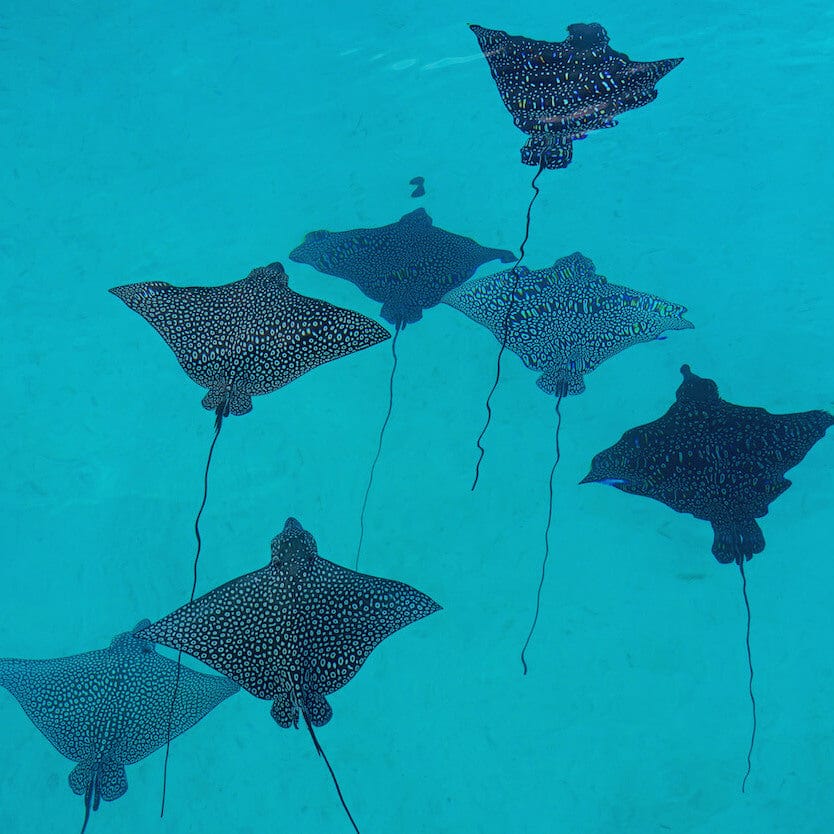

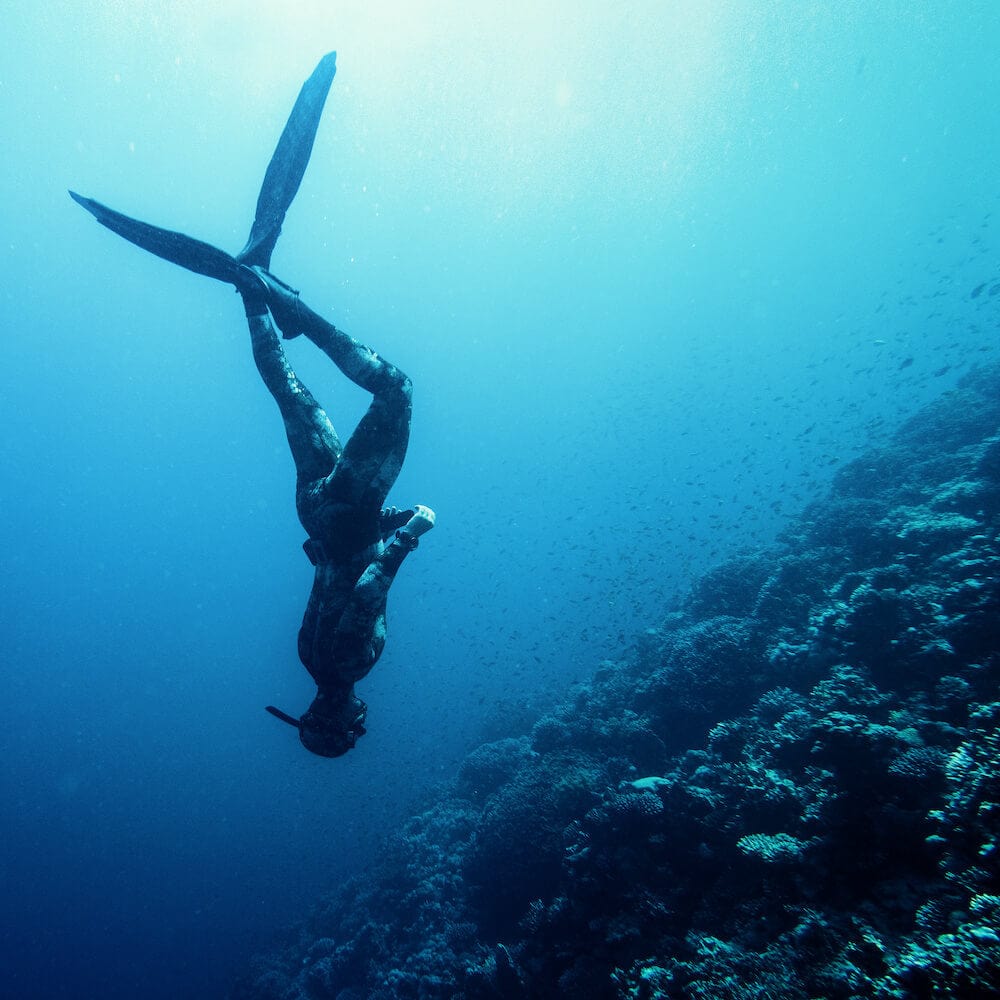

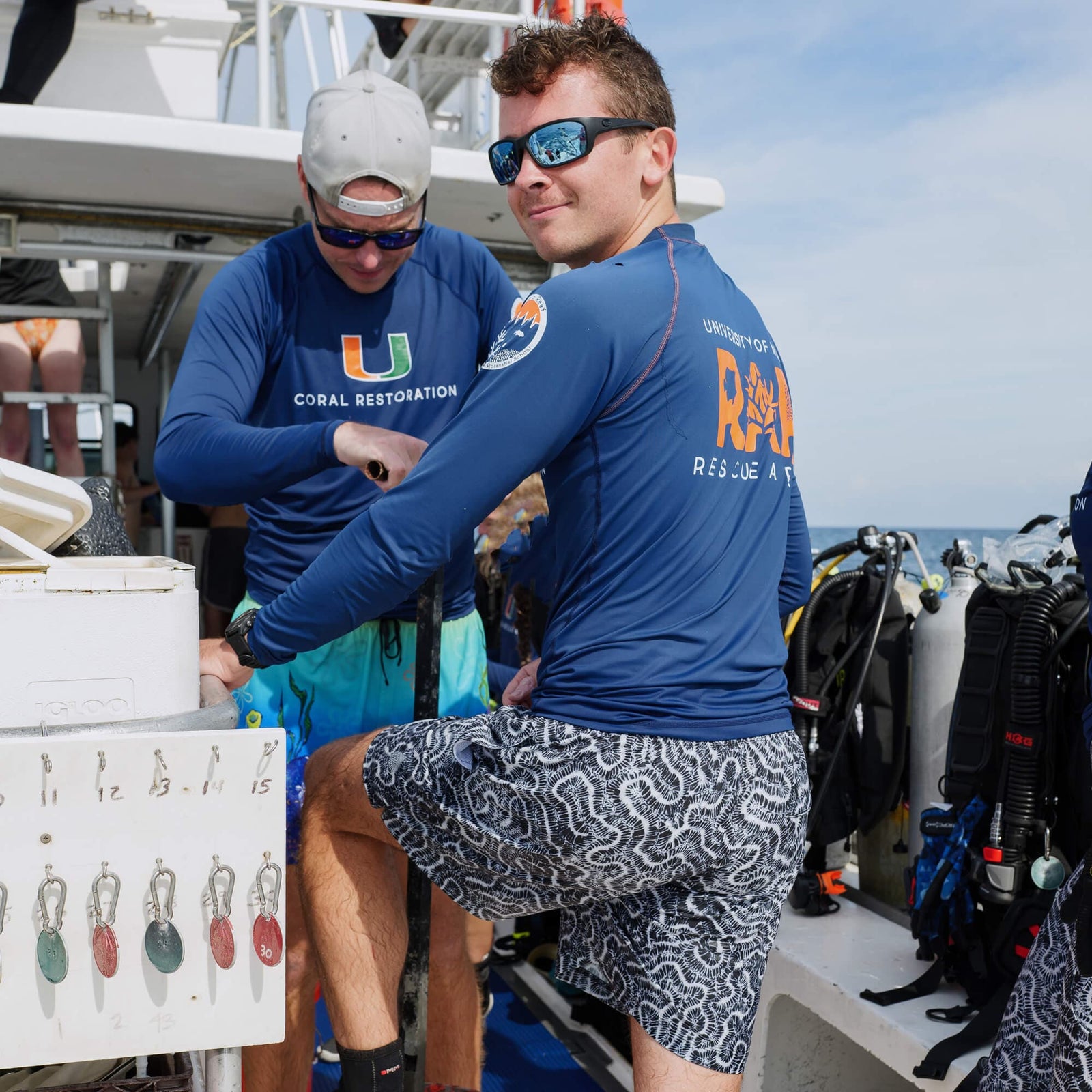
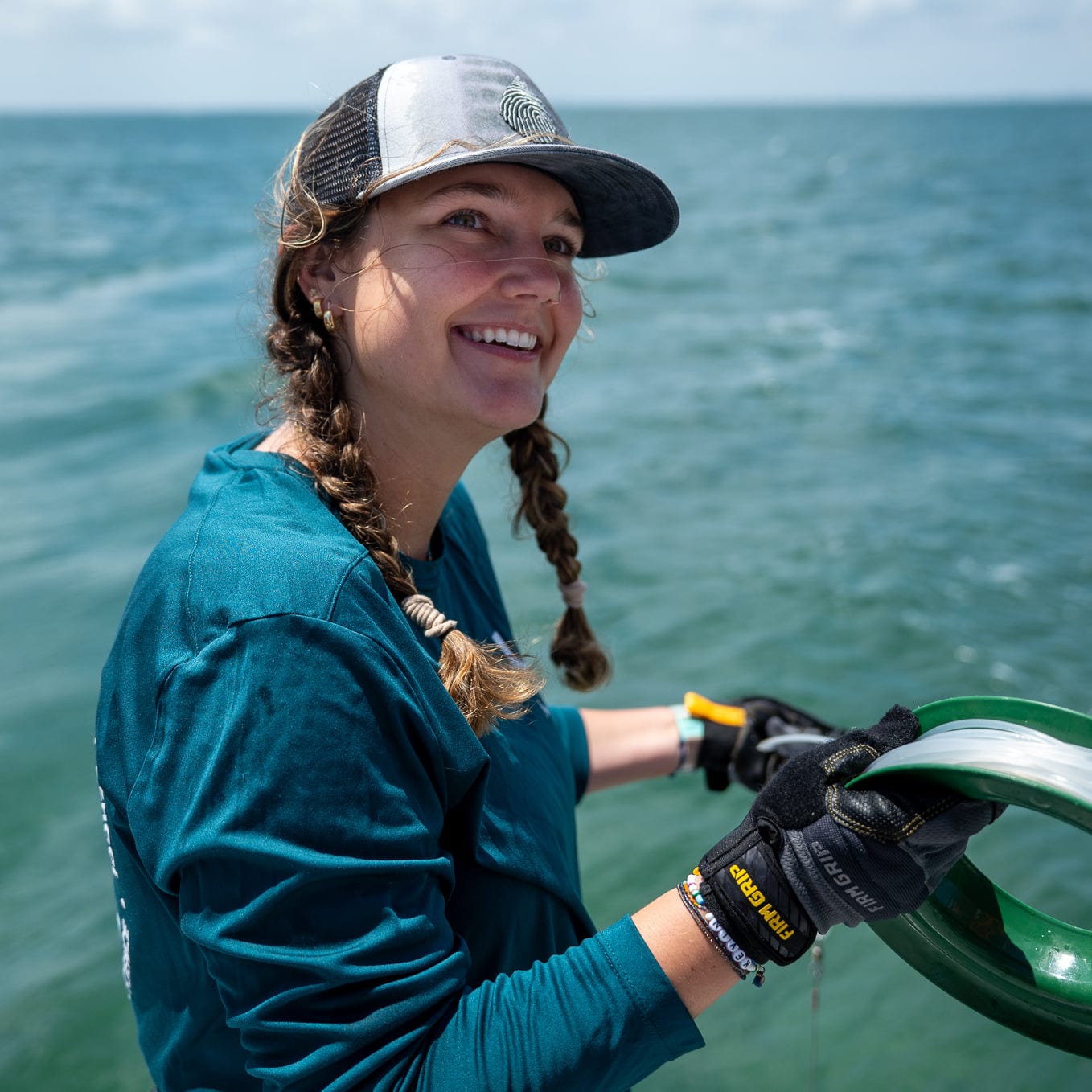

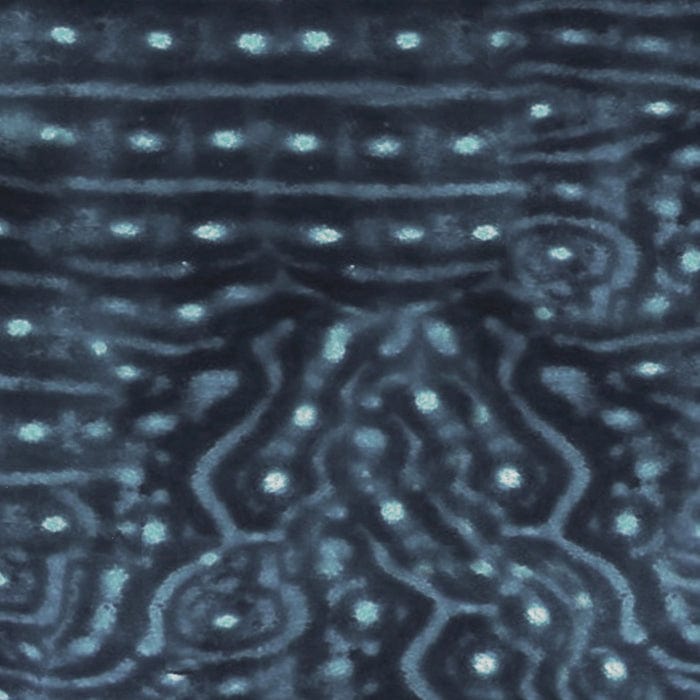

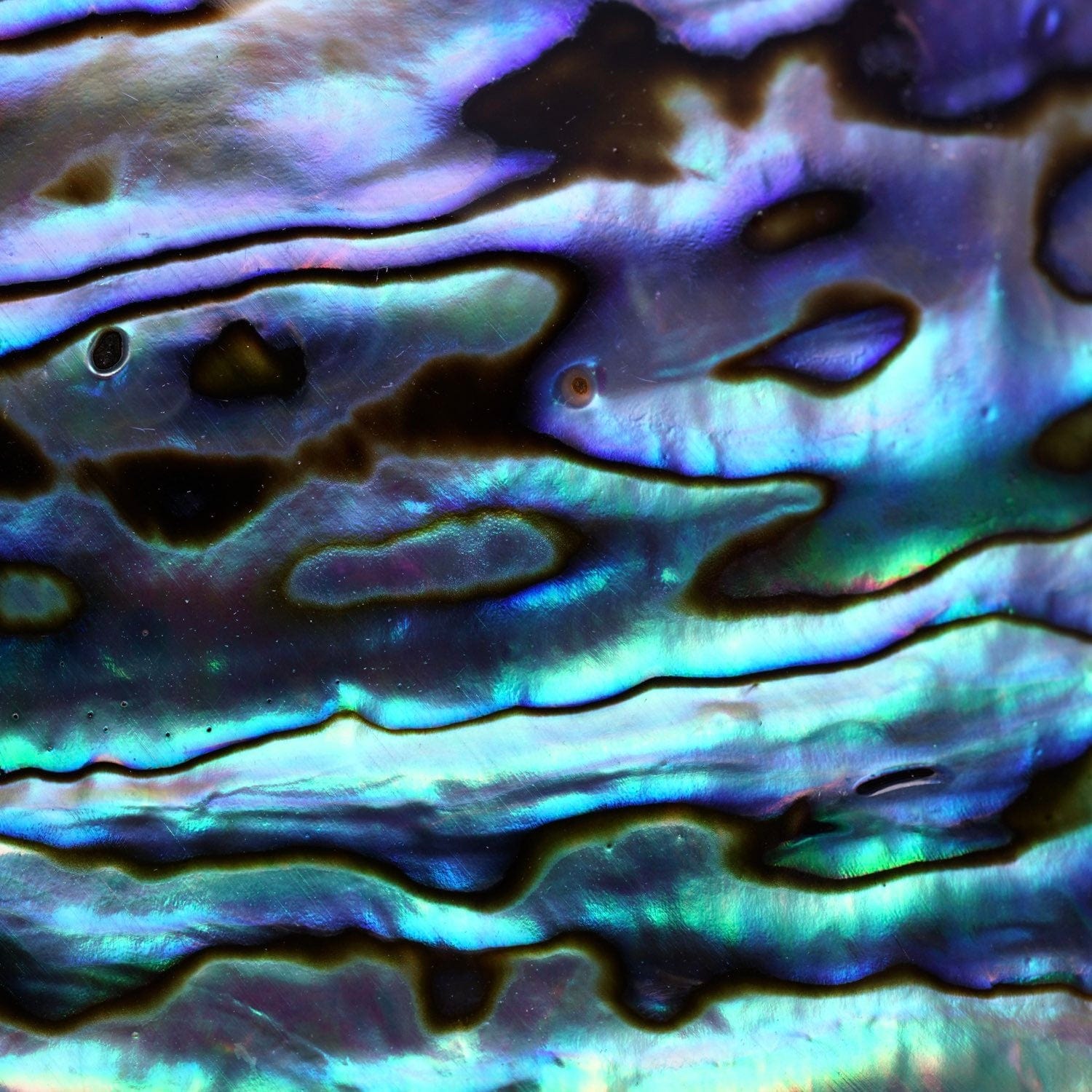
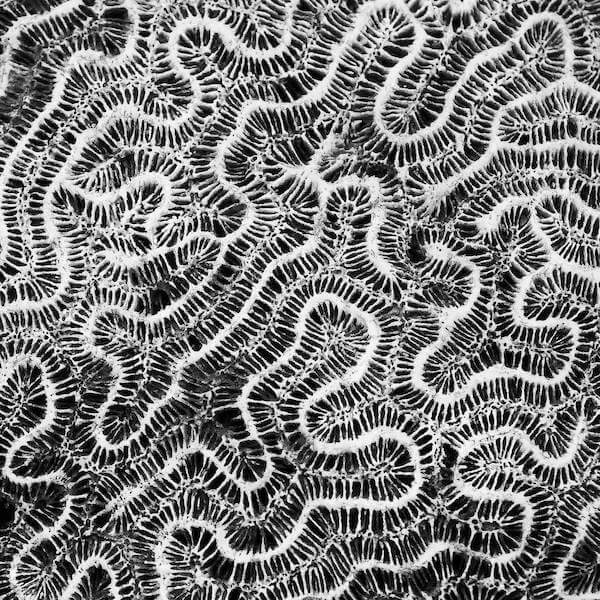
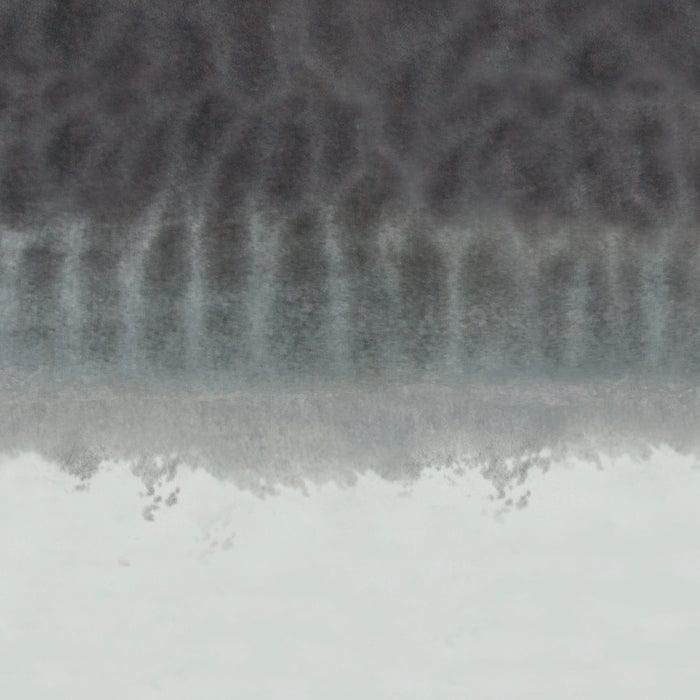
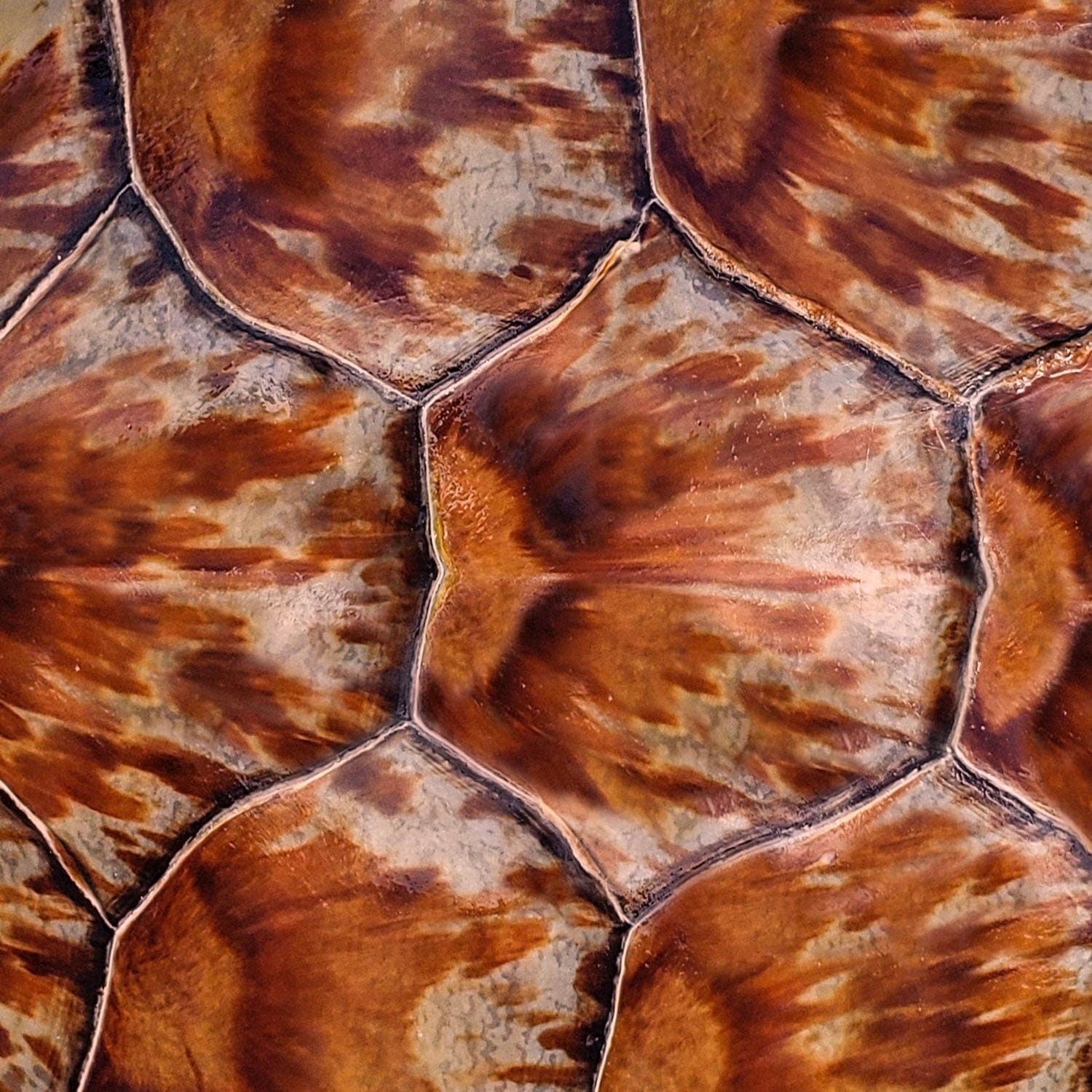
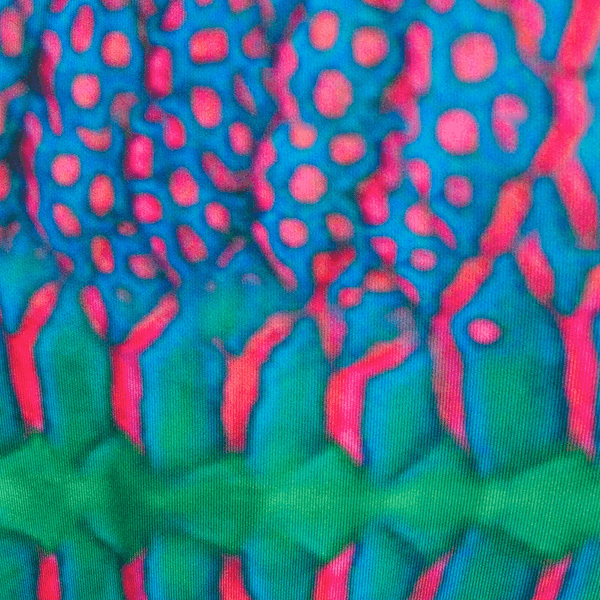
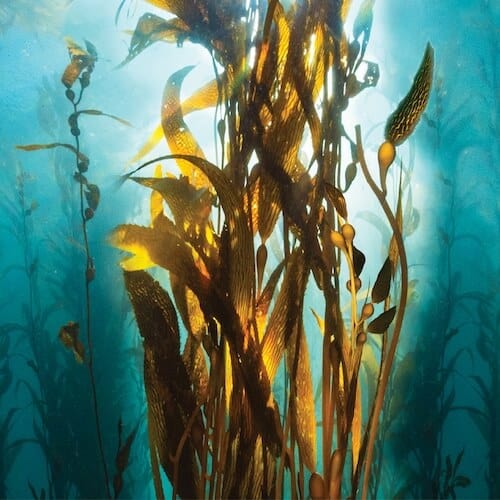
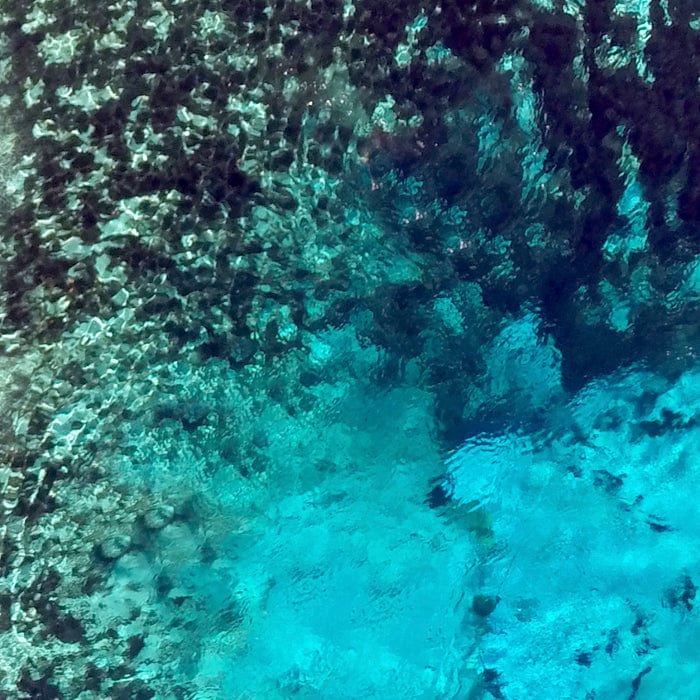

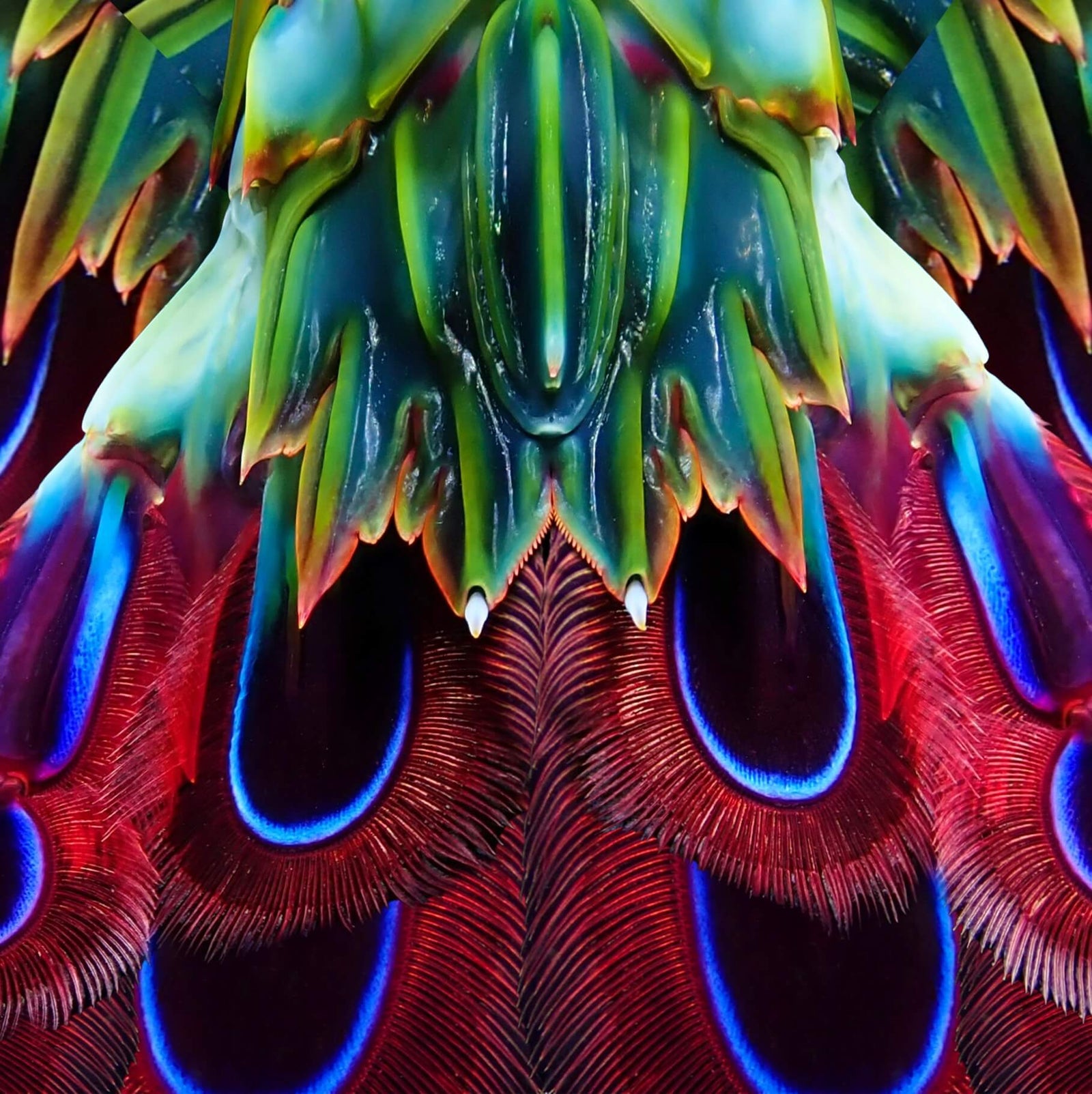

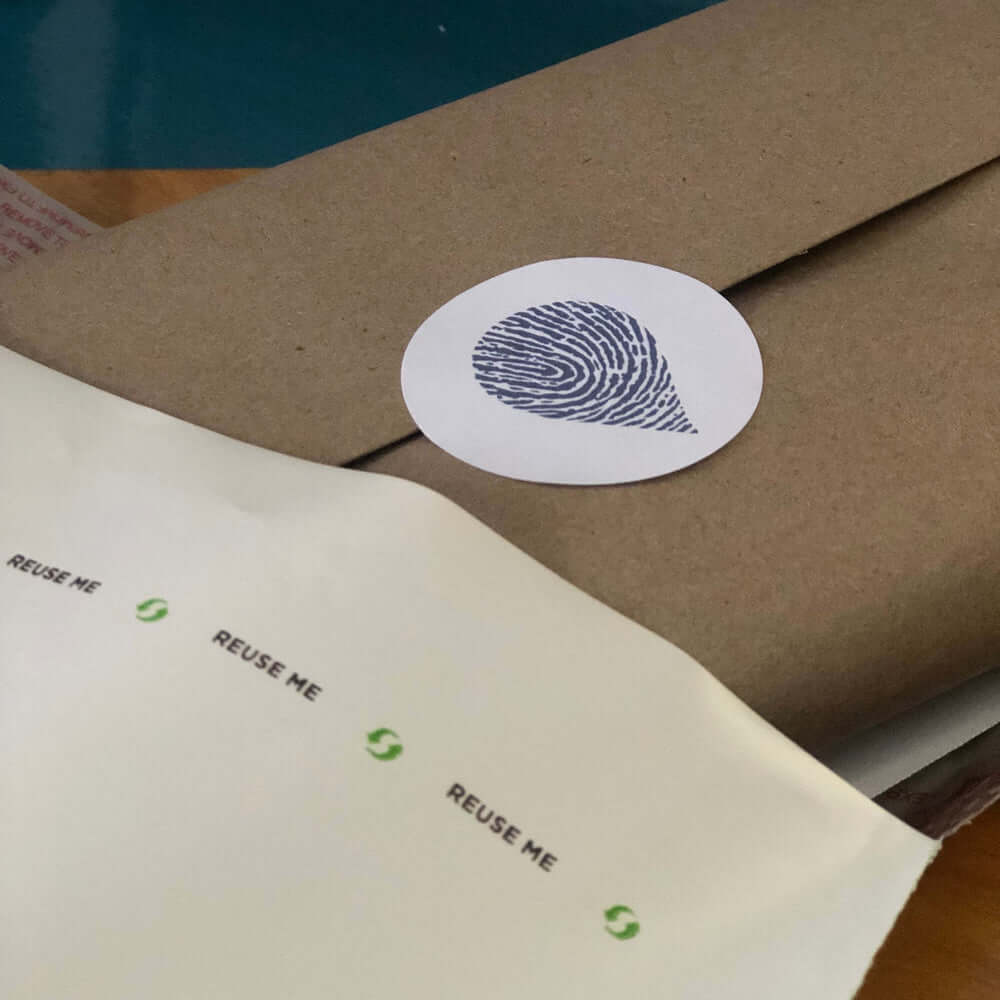
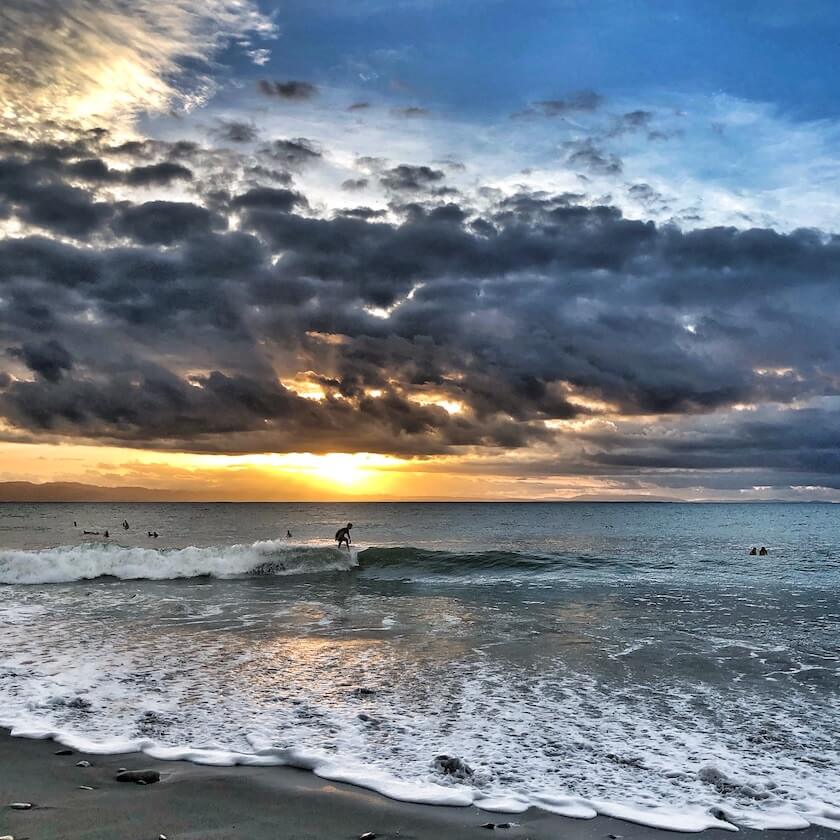
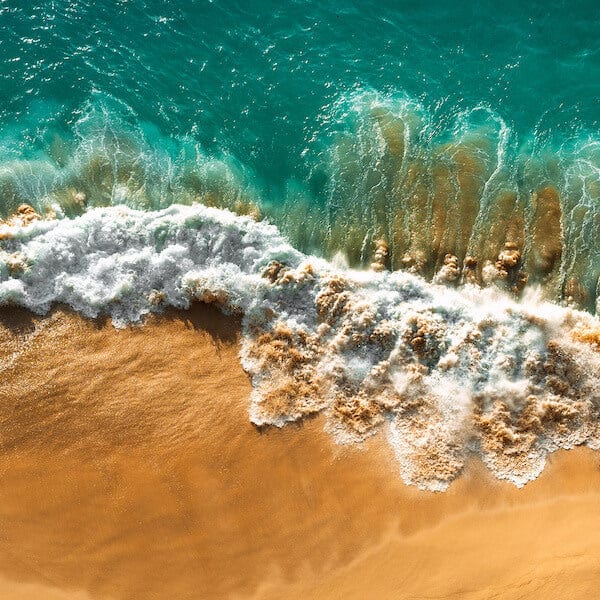
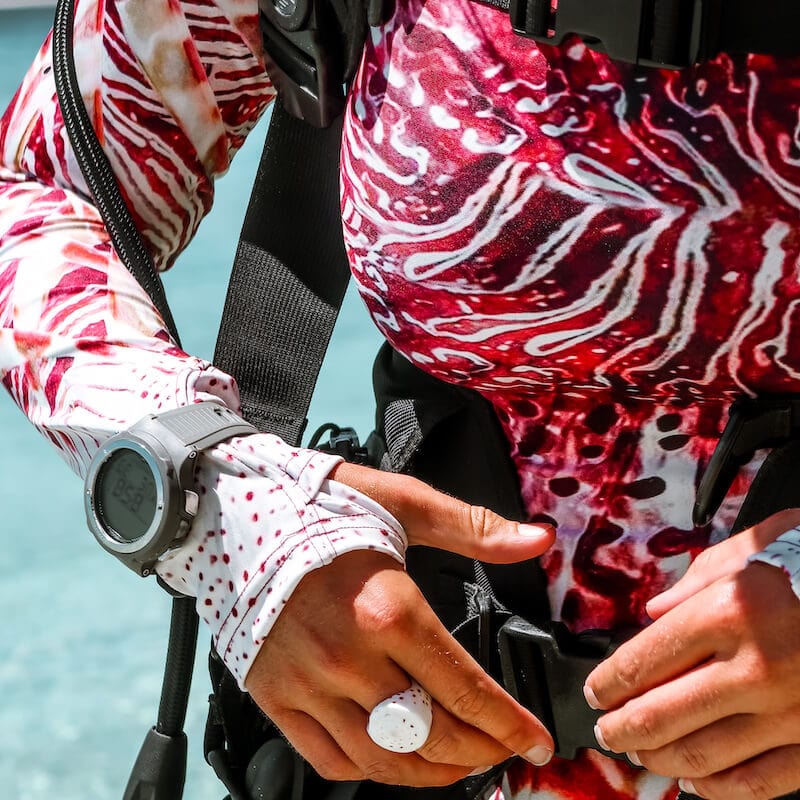
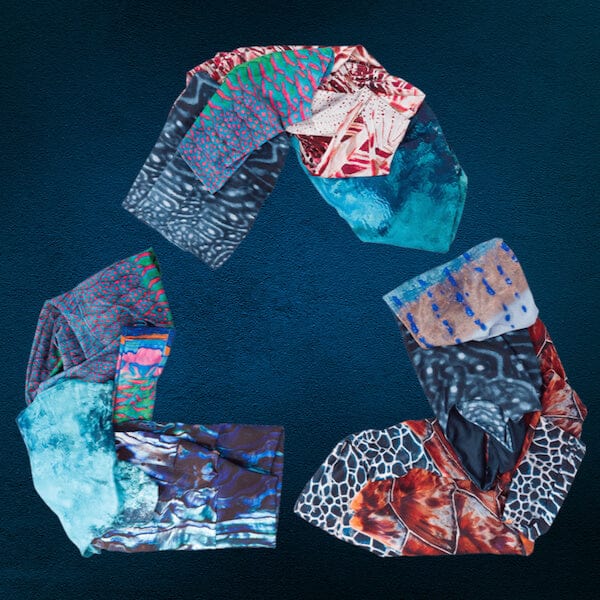

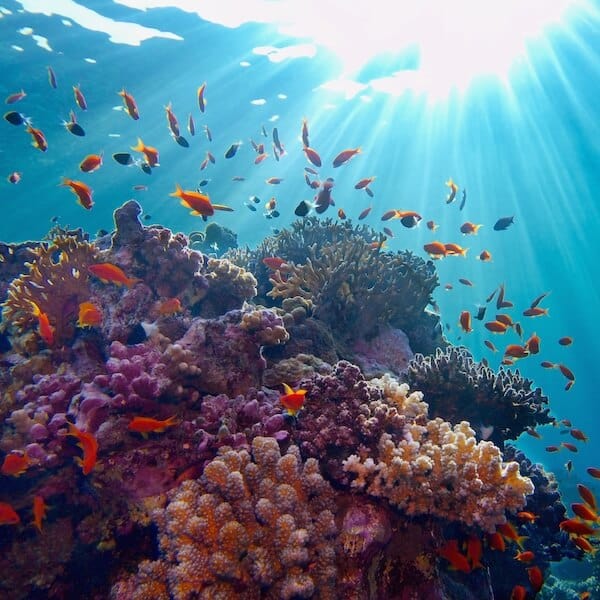

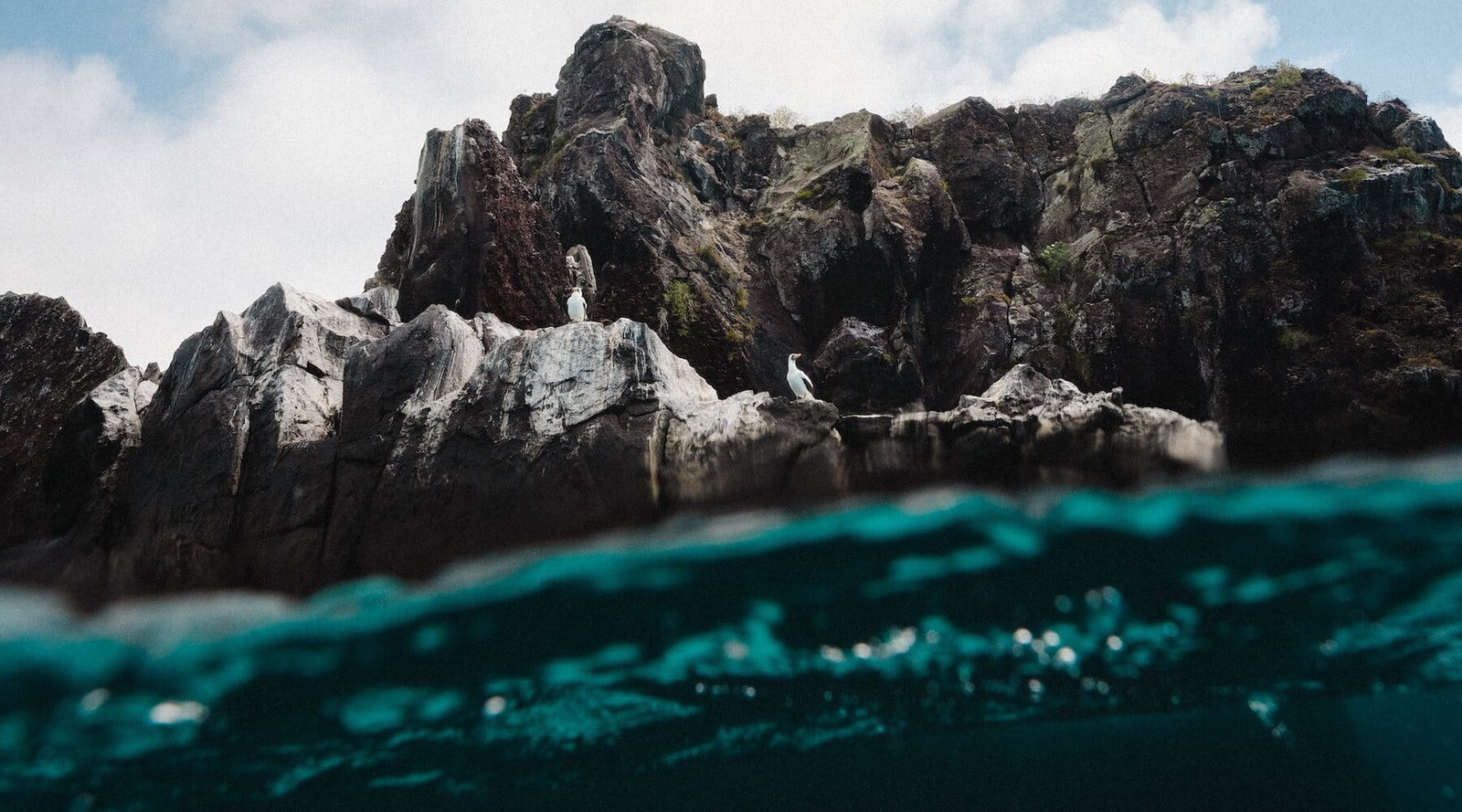
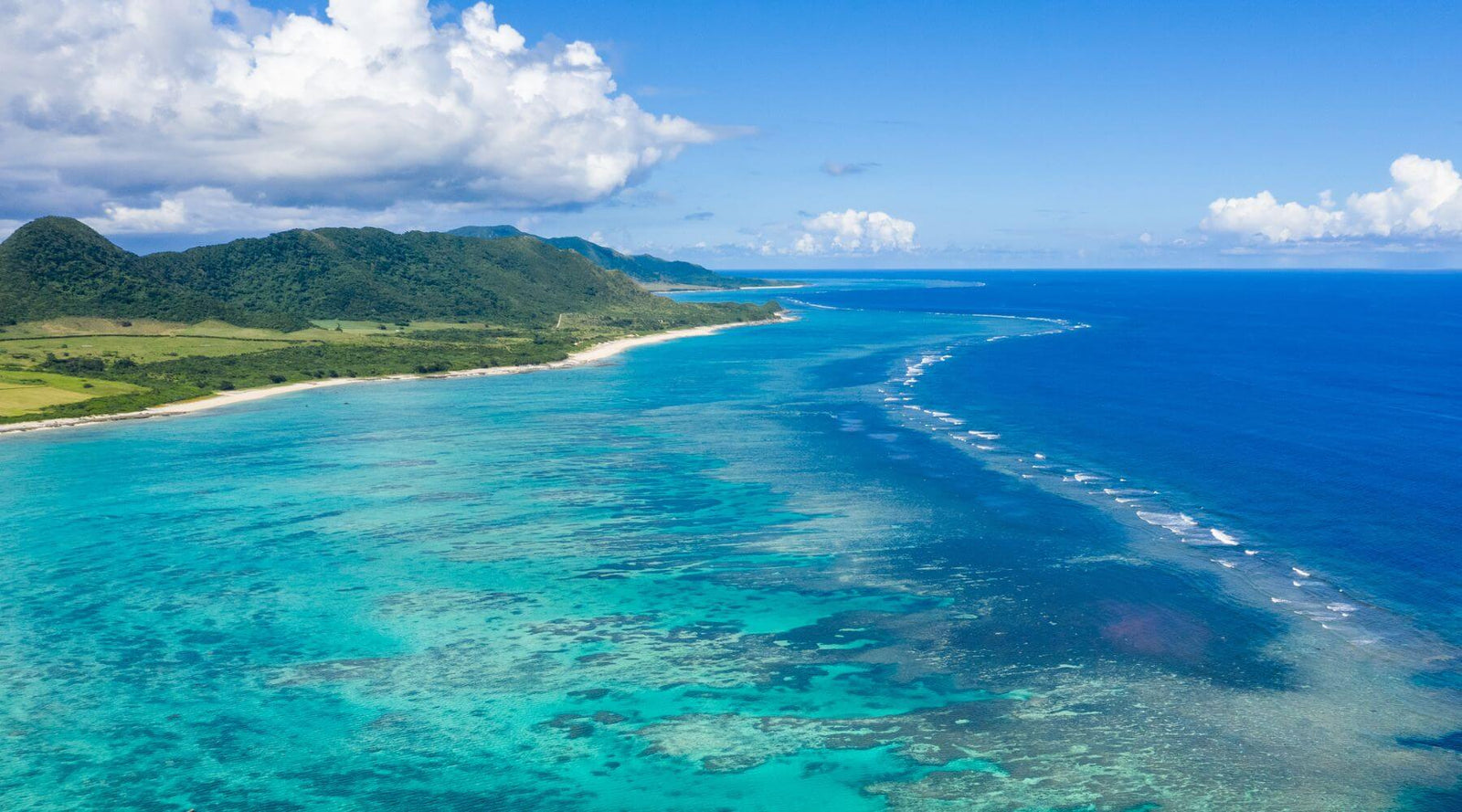
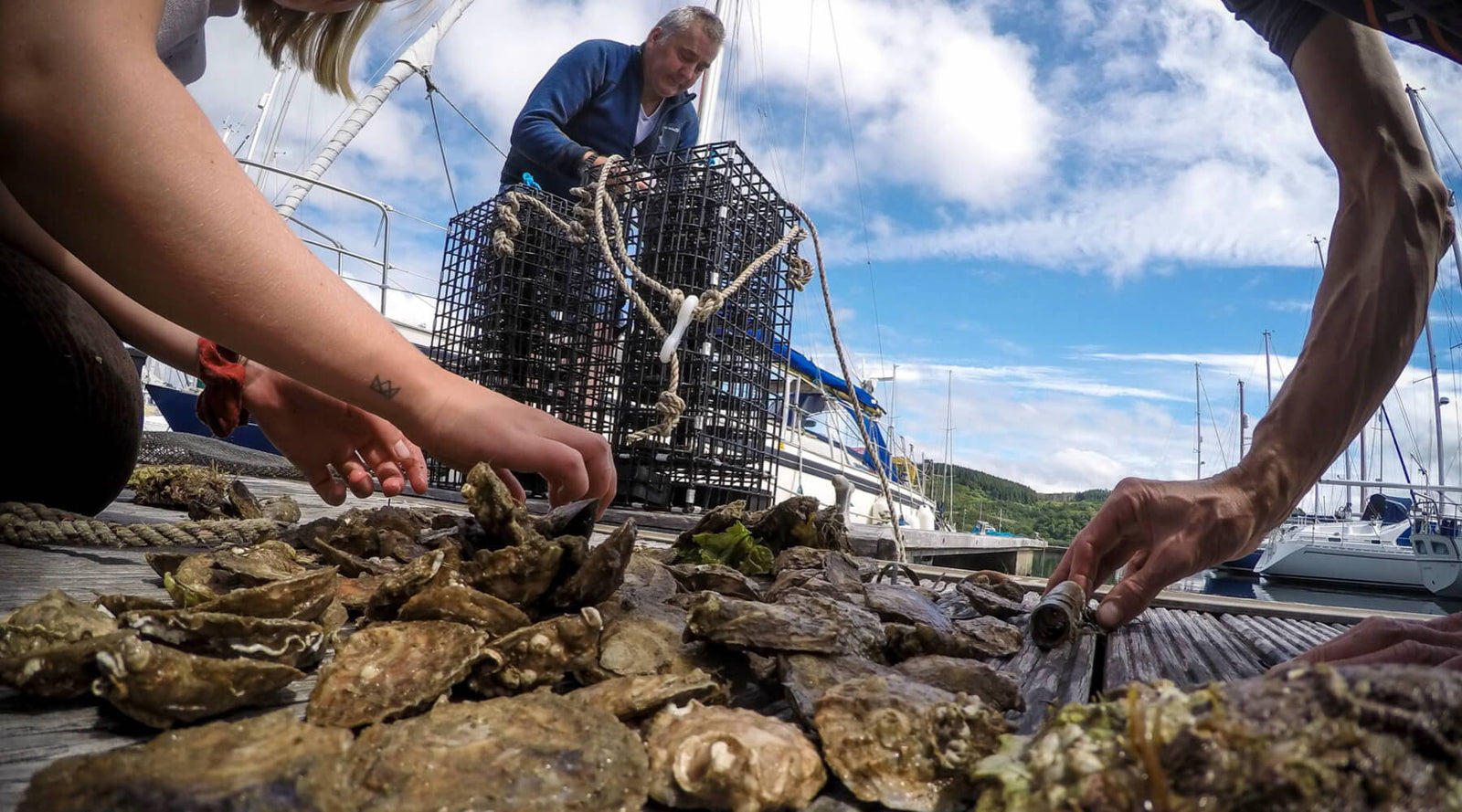
Loria Raiola -Trapp
July 15, 2023
Hi Natasha,
I saw this in your mother’s page and I just wanted to say hi!!!
Outstanding and fearless work you are contributing to the planet for the sharks & humans.
I am living in Florida with my family.. had to get out of nyc for too many reasons.
My boys are 15 now, Karl is still playing music and I am working in the alternative healing
biz. All is well. ❤️☮️😘loria